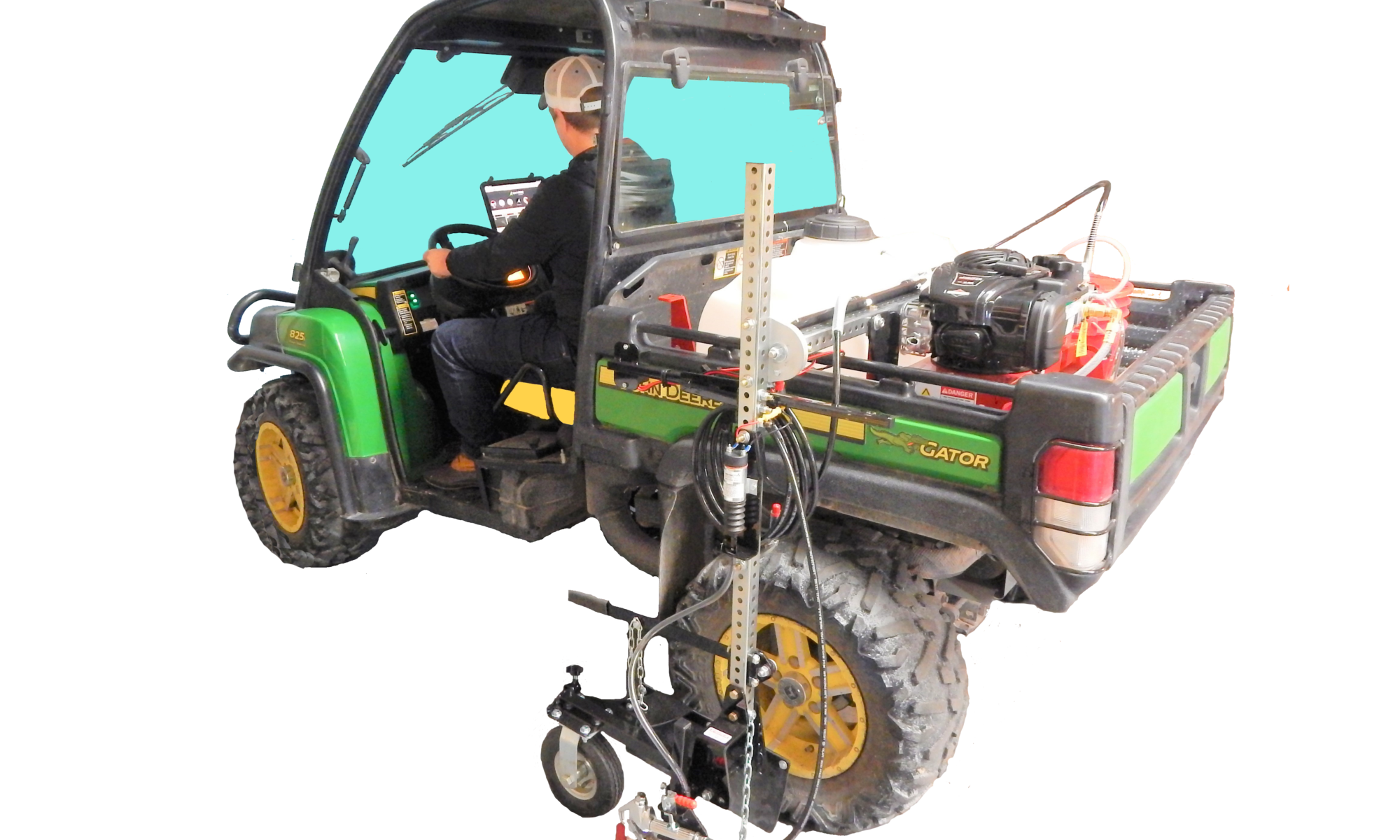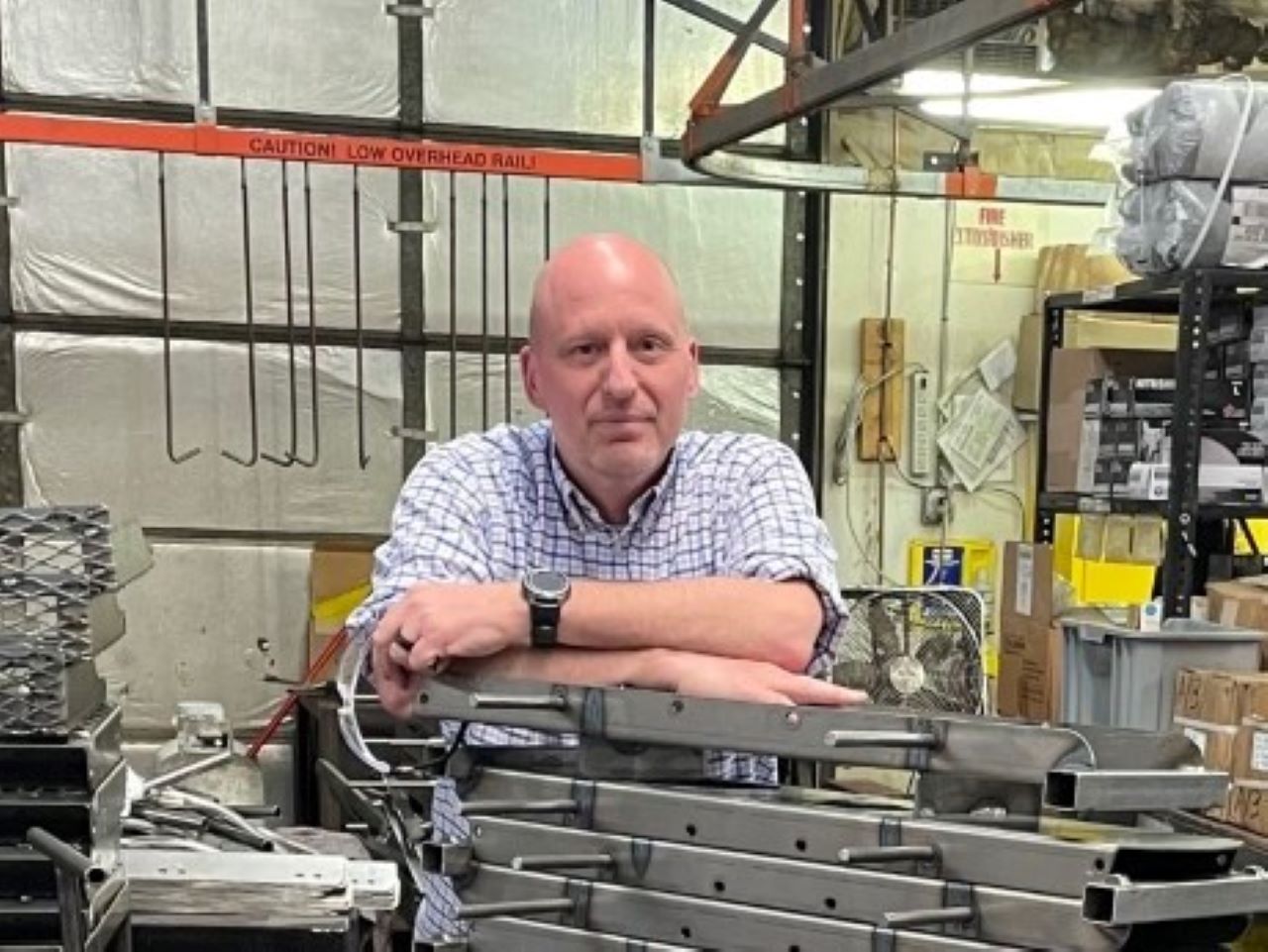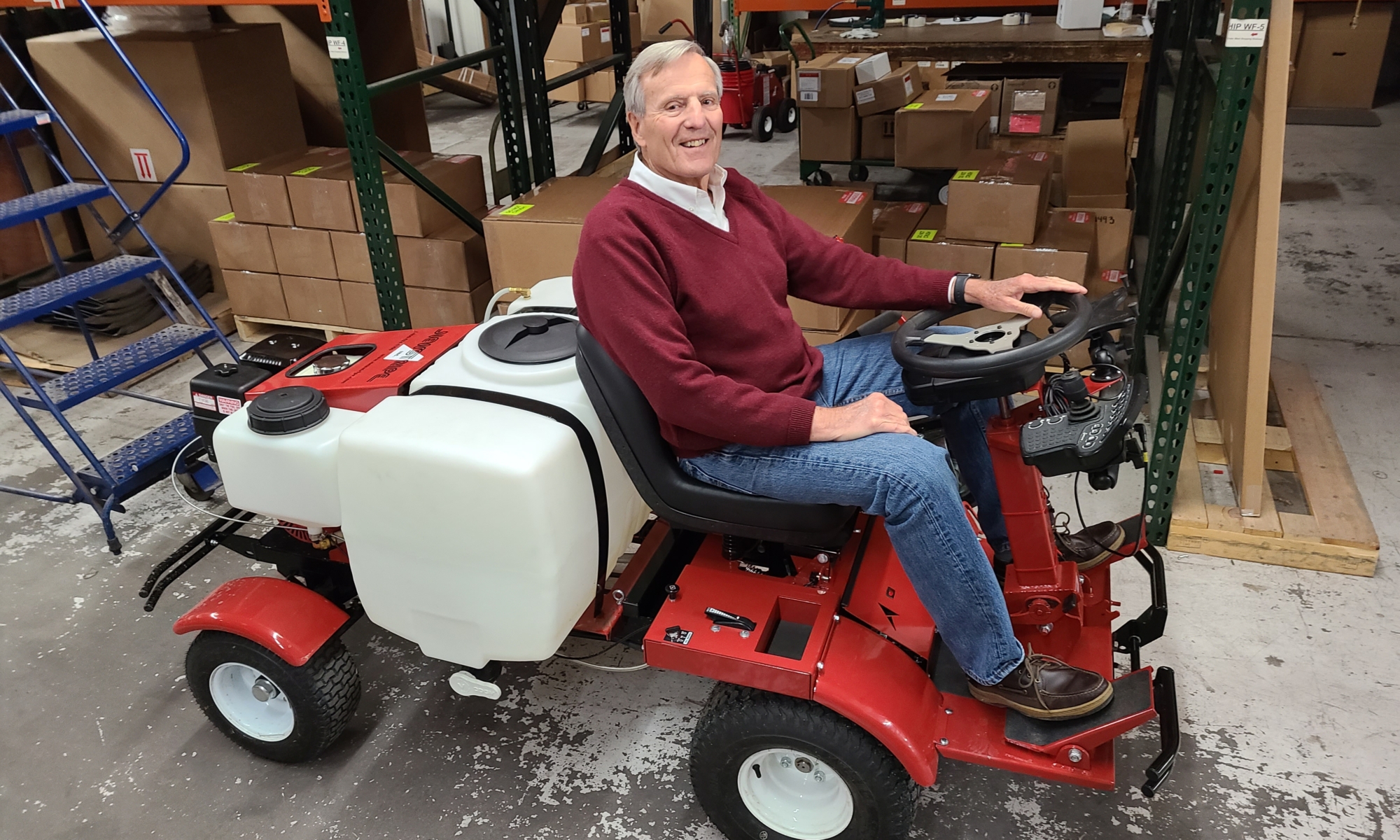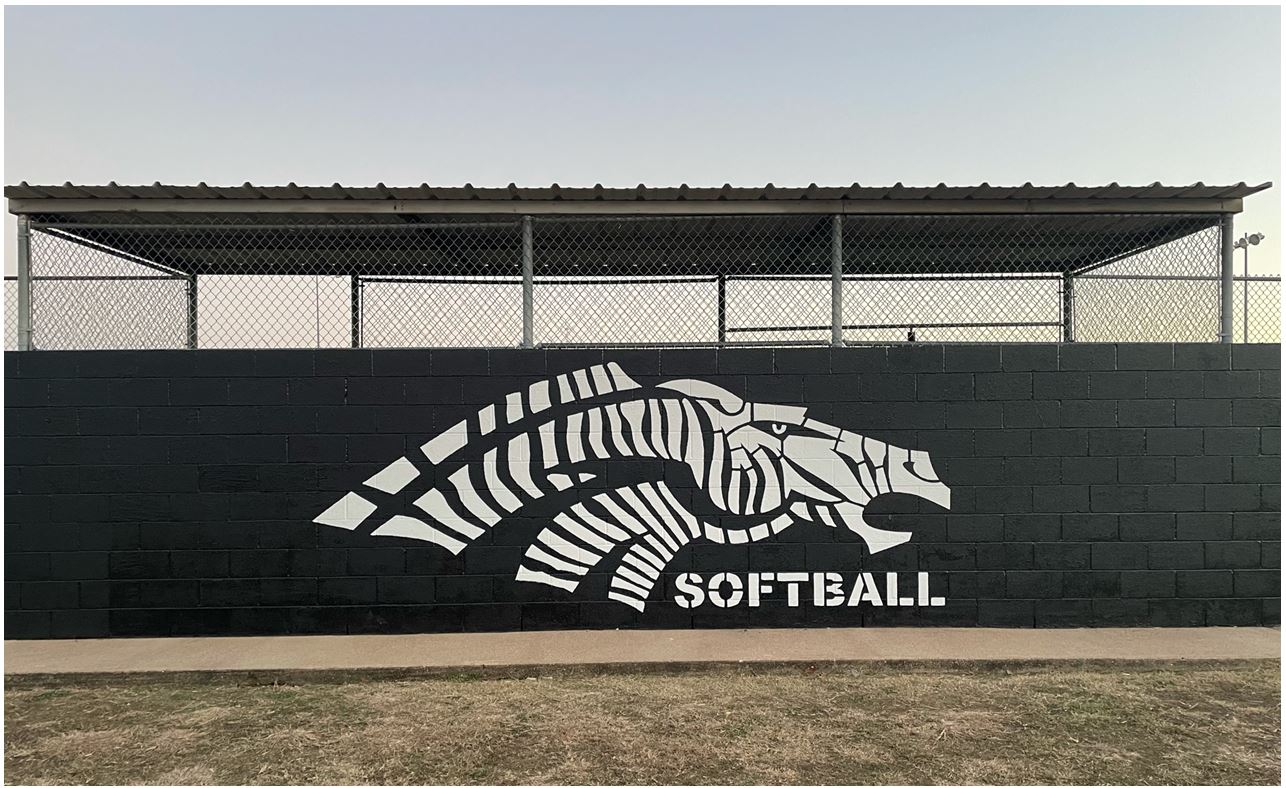If you use aerosol cans in your home, understanding how to recycle the cans properly is essential. Aerosol cans have an environmental impact and are considered hazardous waste when the cans aren’t fully used in many locations. If you use aerosol cans, recycling them is the right thing to do for the world around you. Let’s look at how to recycle aerosol cans so you can do your part to help save the environment.n
How to Recycle Aerosol Cans Properly
nRead the directions and warning on each aerosol can you buy. These instructions will tell you how to use the can, along with how it should be disposed. Since the chemicals being used in each can will vary from product to product, you may need to recycle the can differently. Make sure to follow the instructions for disposal on the can.nnMake sure the can is empty by shaking it; if you don’t feel any liquid moving around, it’s empty. You can also make sure the can is empty by pressing down on the nozzle and ensuring it’s not clogged. If nothing comes out, even after shaking it, you’re safe to bring it to a recycling center for processing. As long as an aerosol can is empty, consumers assume they can throw the can in the trash. This just isn’t true. These cans should still be recycled to reduce their environmental impact.nnIf the can isn’t empty or you can’t tell for sure, you should take the aerosol can to a recycling center for proper disposal. Don’t try to take the nozzle off, puncture the can, or crush it at home to make to make it small. Let the recycling center use the tools at their disposal, like aerosol can crushers, to take care of the can for you.nnBy trying to modify the aerosol can, you can cause it to explode due to the pressurized nature of how aerosol cans work. Never throw away a partial or full aerosol can in your regular trash can either. Since the chemicals inside can be hazardous waste and impact the environment, you want to hold onto the cans in a safe place until you can bring them to a recycling center.nnNot all recycling centers can recycle aerosol cans, so make sure to call ahead and ensure they can take them. In some locations, cities have specific places you can take aerosol cans and other products to be recycled. Check your city’s website or give them a call to find out where you can recycle partial or full aerosol cans safely.





 Our customer was blow away with the final result and how quickly Newstripe was able to turn their good idea into reality.nnIf your company or organization wants to increase its brand visibility, consider partnering with Newstripe to make it happen on or around your field or property with a custom stencil. To learn more,
Our customer was blow away with the final result and how quickly Newstripe was able to turn their good idea into reality.nnIf your company or organization wants to increase its brand visibility, consider partnering with Newstripe to make it happen on or around your field or property with a custom stencil. To learn more,